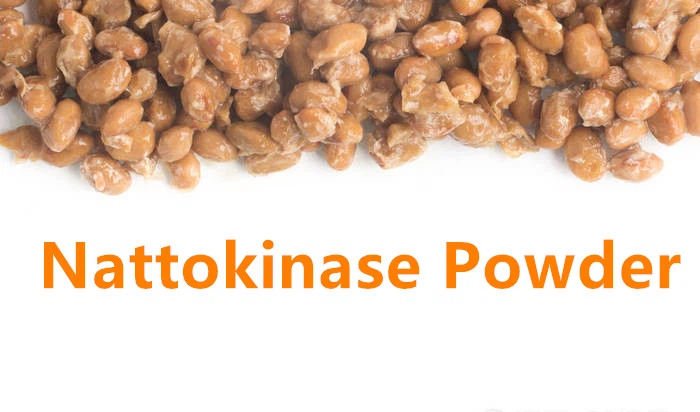Bulk Nattokinase, an enzyme derived from fermented soybeans, has gained significant attention in recent years for its potential health benefits, particularly in promoting cardiovascular well-being. This article explores the origins, mechanisms, and applications of It, shedding light on its role in dissolving blood clots and contributing to overall heart health.
Section 1: Understanding It
1.1 Origins and Production
It is a traditional Japanese dish, often consumed as a part of a staple diet. The enzyme is produced through the fermentation of soybeans with Bacillus subtilis natto. This section delves into the historical context and the methods employed in the extraction and purification of It.
1.2 Biochemical Properties
A detailed examination of the biochemical properties of It, including its structure, stability, and how these attributes influence its therapeutic efficacy. Understanding the enzyme at a molecular level is crucial for comprehending its biological activities.
Section 2: Mechanisms of Action
2.1 Fibrinolytic Activity
It's primary function lies in its ability to break down fibrin, a protein involved in blood clot formation. Explore the intricate mechanisms through which It exerts its fibrinolytic effects, preventing and dissolving blood clots.
2.2 Anticoagulant Properties
Beyond fibrinolysis, It exhibits anticoagulant properties, influencing various factors in the coagulation cascade. This section discusses how these properties contribute to improved blood flow and reduced clotting risk.
Section 3: Cardiovascular Health Benefits
3.1 Blood Pressure Regulation
Research suggests a potential link between It consumption and blood pressure regulation. Analyze studies and clinical trials exploring the effects of It on hypertension and its implications for cardiovascular health.
3.2 Cholesterol Management
Examine the impact of It on cholesterol levels, focusing on its ability to modulate lipid profiles and reduce the risk of atherosclerosis. Address the potential mechanisms involved and the significance of these findings.
Section 4: Clinical Applications
4.1 Thrombotic Disorders
Explore how It is being investigated and applied in the clinical setting, particularly in the management of thrombotic disorders. Highlight case studies and ongoing research that demonstrate its effectiveness in real-world scenarios.
4.2 Stroke Prevention
Investigate the role of It in preventing strokes, with a focus on its potential to mitigate the risk of ischemic events. Discuss the implications of such preventive measures in public health.
Section 5: Safety and Considerations
5.1 Side Effects and Interactions
While generally considered safe, It may have interactions with certain medications or exhibit side effects in some individuals. Provide a comprehensive overview of the safety profile of It, ensuring readers are informed about potential considerations.
5.2 Dosage and Formulations
Discuss the recommended dosage of It for various health benefits and explore different formulations available in the market. Consideration of these factors is crucial for individuals looking to incorporate It into their health regimen.
Section 6: Future Directions and Research
6.1 Emerging Studies
Highlight ongoing research initiatives and emerging studies that aim to further unravel the potential benefits of It. Discuss areas where more investigation is needed and the implications for future healthcare practices.
6.2 Formulation Innovations
Explore potential innovations in It formulations, such as novel delivery systems or combination therapies, that could enhance its efficacy and make it more accessible to a broader population.
Summarize key findings regarding It and its pivotal role in dissolving blood clots for improved cardiovascular health. Emphasize the need for continued research and the potential impact of It on preventive healthcare measures. Conclude with a forward-looking perspective on the evolving landscape of cardiovascular health and the role It might play in it.

Contact us: selina@ciybio.com.cn



